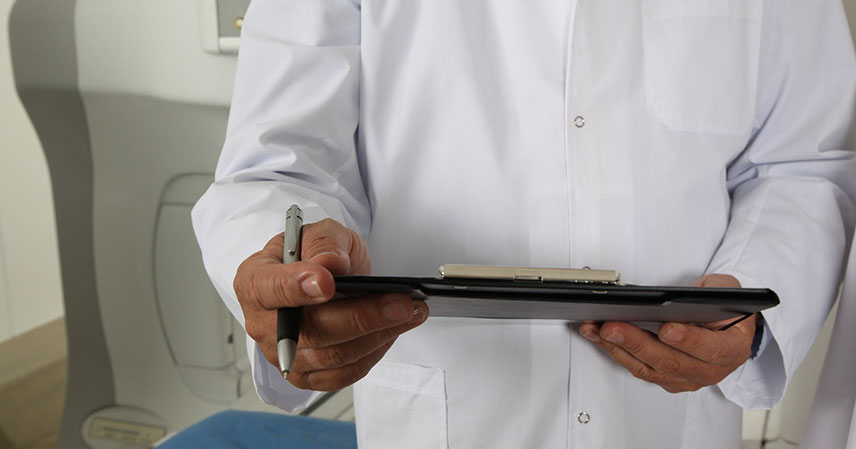International Plasma Awareness Week (IPAW) is a crucial global initiative. Running annually from October 6–10, it highlights a vital component of modern medicine. This week encourages communities worldwide to recognize the indispensable role of plasma. It also honors the dedicated individuals who donate this precious resource. Plasma is essential for creating a range of lifesaving medicines. Without it, many patients would lack critical treatments.
A recent survey has underscored a significant paradox. The findings reveal that 72% of respondents agree plasma-derived medicines can save lives. This high level of agreement shows a general understanding of plasma’s importance. Yet, despite this awareness, most respondents reported they have not donated plasma themselves. This discrepancy points to an important gap. It suggests a need for deeper engagement and education within communities.
Understanding International Plasma Awareness Week 🌍
IPAW serves as a global platform. It aims to elevate public understanding of plasma donation. The week’s activities span continents, uniting various health organizations. Its core mission is twofold: to educate and to appreciate. First, it educates the public about what plasma is. It also explains its critical role in medicine. Second, it expresses gratitude to plasma donors. These individuals make a profound difference. They contribute directly to the health and well-being of countless patients.
Plasma is often called the “liquid gold” of our blood. It is the clear, yellowish liquid component. Plasma carries blood cells, nutrients, proteins, and antibodies throughout the body. Donating plasma differs from donating whole blood. The process, called plasmapheresis, separates plasma from other blood components. The remaining blood cells are then returned to the donor. This allows for more frequent donations. Such donations are critical for maintaining a steady supply of plasma for medical use.
The Lifesaving Power of Plasma-Derived Medicines 💉
The proteins found in plasma are incredibly valuable. They are isolated and purified to create specialized therapies. These are known as plasma-derived medicinal products (PDMPs). These medicines treat a wide array of rare and chronic conditions. For instance, they are vital for individuals with primary immunodeficiencies. These patients lack the ability to fight off infections.
PDMPs also benefit those with hemophilia. This is a genetic bleeding disorder. Albumin, another plasma protein, is used for burn victims. It is also crucial for patients with liver disease. The development of these medicines is complex. It relies entirely on the generosity of plasma donors. Each donation contributes to a collective pool. This pool is then processed to create these essential treatments. The impact on patients’ quality of life can be transformative. For some, these medicines are the only treatment option available.
The Awareness Gap: Survey Reveals a Paradox 🤔
The recent survey highlights a perplexing challenge. A significant majority of people understand plasma’s lifesaving potential. However, this knowledge does not always translate into action. Many people who acknowledge plasma’s importance have not yet donated. This suggests several potential factors are at play. Lack of detailed information might be one. Some individuals may not fully grasp the donation process. Others might be unaware of local donation centers.
Time commitment can also be a barrier. Plasma donation takes longer than whole blood donation. Misconceptions about eligibility or safety could also deter potential donors. Addressing this gap is crucial for public health. Effective campaigns need to move beyond general awareness. They must provide clear, actionable information. They should also dispel common myths. Making donation centers more accessible could also increase participation. The demand for plasma continues to grow globally. This makes addressing the awareness-to-action gap even more urgent.
Key Insights from Plasma Awareness 💡
- Plasma is indispensable: It is a critical component for creating essential, lifesaving medicines for various conditions.
- High public agreement: Most people recognize the vital role of plasma-derived therapies in saving lives.
- Action gap exists: Despite widespread awareness, a significant portion of the public has not yet donated plasma, indicating a need for targeted engagement.
- Donor appreciation is vital: International Plasma Awareness Week plays a key role in honoring donors and educating communities.
- Continuous need: The demand for plasma and its derived medicines is constant, emphasizing the importance of ongoing donation.
The findings from this survey serve as a crucial reminder. While general awareness is high, there is still work to be done. We need to translate this understanding into concrete action. International Plasma Awareness Week provides a dedicated time for this. It calls on communities to learn more. It encourages individuals to consider becoming plasma donors. Every donation contributes to a global effort. This effort ensures that lifesaving medicines remain available. The power to save and improve lives truly lies within us. It is a collective responsibility to support this vital medical resource.
By fostering greater understanding and participation, we can strengthen the global supply of plasma. This ensures a healthier future for patients relying on these essential treatments. The journey from awareness to action is critical. It is a path that requires community support and informed choices. Let us recognize the silent heroes who donate. Let us also encourage others to join this lifesaving cause. Plasma donation is an act of profound generosity. It offers hope and healing to many.
Source: Survey reveals most Americans believe plasma donation saves lives, yet few have donated



